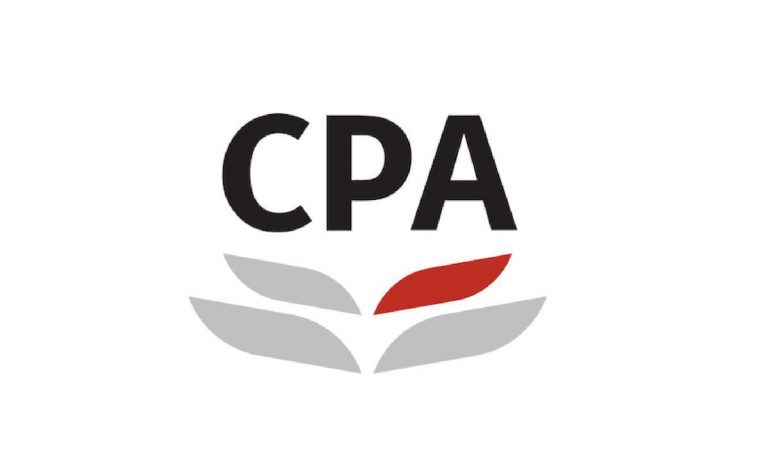The COVID-19 pandemic continues to test companies’ corporate governance practices. It has also highlighted the need for good communication and disclosure. Alongside the 2020 Best Corporate Governance Awards, the Institute conducted a brief desktop research project on how Hong Kong-listed companies with financial years ending 31 March 2020, have been communicating the impact of COVID-19 on their operations. This article highlights the findings of the report. The full report is available on the Institute’s website.
Inclusion in annual report
Consolidating the major COVID-19-related information in a dedicated section of a company’s annual report is a stakeholder-friendly approach to disclosures. Information that would be useful for investors and other stakeholders, preferably in a dedicated section, in annual reports could include:
- A qualitative and quantitative analysis of the impact of the pandemic. Where possible, this can be analysed further by business lines and geographical locations. There should also be a statement to demonstrate the sufficiency of working capital.
- A reference to whether a specific team (e.g. crisis management team or teams) was formed to deal with the situation, provide timely and reliable information to the board and the top management, and help to develop appropriate measures and initiatives. Different teams could deal with different aspects of the situation, including communications with external and internal stakeholders. The composition of the team(s) could also be indicated.
- An assessment generally of the company’s operations, liquidity and financial resources. In this regard, the Division of Corporate Finance of the United States’ Securities and Exchange Commission has issued Coronavirus (COVID-19) – Disclosure Considerations Regarding Operations, Liquidity, and Capital Resources suggesting that companies should make transparent disclosures about how they are dealing with short- and longer-term liquidity and funding risks, due to COVID-19, particularly where these give rise to new risks or uncertainties. Companies should consider a broad range of questions when reviewing their circumstances.
- Information on whether the company needs to adjust any projected figures or policies. Given the significant changes of the business environment, for example, some listed companies may need to suspend their share buybacks and dividend payments.
- All the relevant, reliable and timely information in order to continually assess the overall impact of the pandemic on the company. This is particularly important, given that there could be resurgences of the pandemic until effective vaccines have been approved by the relevant authorities and made widely available to the public.
Disclosure under section 307B of SFO
In the course of assessing the overall impact of the pandemic on the business, the company should also consider whether it needs to make a timely disclosure under section 307B of the Securities and Futures Ordinance (SFO). This would be the case where, for example, disclosure of an assessment of the impact would be likely to materially affect the company’s share price.
According to Guidelines on Disclosure of Inside Information, issued by the Securities and Futures Commission, whether there is “inside information” depends on the following factors:
- The information about the particular corporation must be specific;
- The information must not be generally known to that segment of the market which deals or which would likely deal in the corporation’s securities; and
- The information would, if so known, be likely to have a material effect on the price of the corporation’s securities.
Having assessed all these factors, even if it is concluded that there is no inside information, the company is encouraged to voluntarily disclose relevant information, for the sake of greater transparency and better management of stakeholder expectations. This can demonstrate leadership and help the company stand out from competitors in the same industry.
Instead of simply disclosing the relevant piece of information, where applicable, the strategies and measures to restore or revive the business could also be discussed, to enhance shareholders’ and potential investors’ confidence in the future of the business.
Other recommendations
- Interim reporting: Due to issues of timing and insufficient information being available, companies that are not able provide a more detailed assessment in their annual reports should aim to provide more up-to-date information and details in interim reporting.
- Financial reporting complications: Companies should also consider how the pandemic may affect the application of financial reporting standards. The Institute has published the financial reporting guidance, which highlights some considerations that warrant specific attention for interim and annual financial statements in the present situation.
- Website disclosures: While stakeholders would welcome the disclosure of more information in annual and interim reports, these provide primarily historical information and may not reflect the latest picture in terms of the development of the pandemic. Websites can also provide a channel to share updated action plans and strategies with stakeholders. Some overseas listed companies have developed COVID-19 webpages on certain aspects of their response to the pandemic, given its huge impact, from the perspectives of colleagues, customers, and communities.
Although the above recommendations focus on the effects of COVID-19, these recommendations could also be applied in relation to other future events that have a far-reaching or global impact on businesses and the community.














